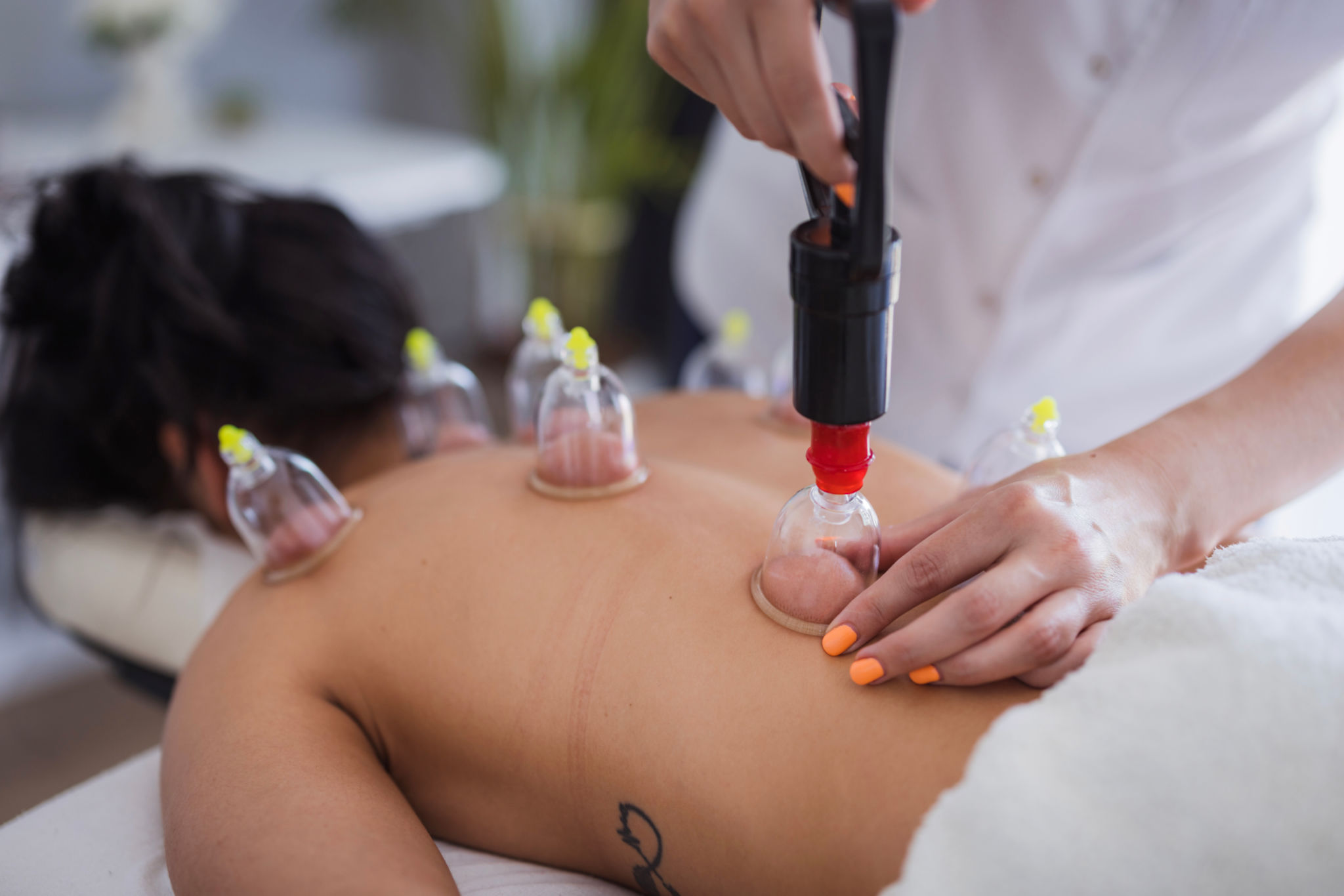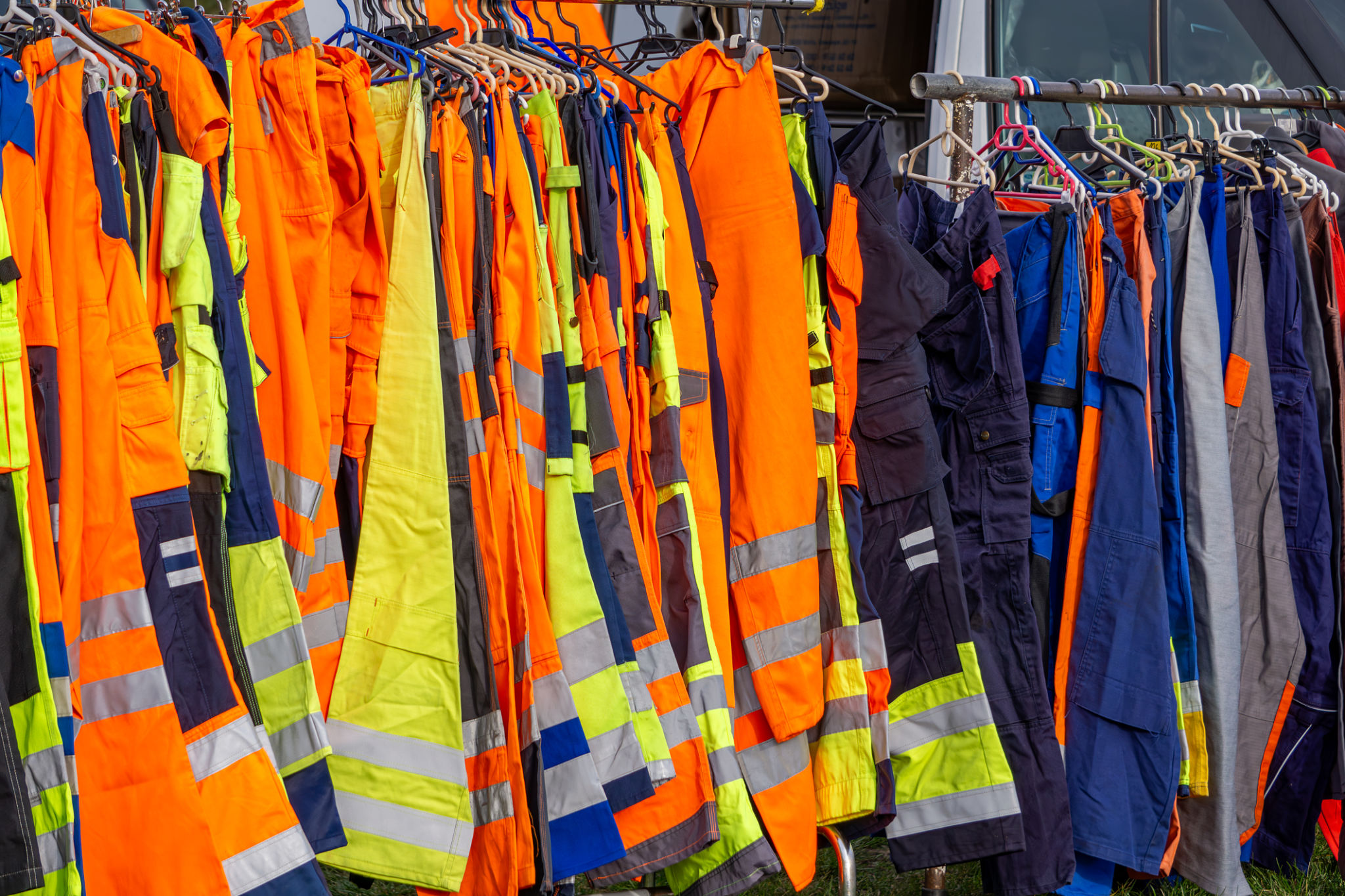How to Choose the Right Protective Rehab Gear for Your Needs
Understanding Your Specific Rehab Needs
When it comes to choosing the right protective rehab gear, the first step is understanding your specific rehabilitation needs. Whether you're recovering from an injury, surgery, or managing a chronic condition, the type of support you require can vary significantly. Consulting with a healthcare professional can provide invaluable insights into what your body needs and which protective gear will be most beneficial.
For example, if you're recovering from a knee surgery, you may need a knee brace that offers adequate support and stability. On the other hand, someone with a wrist injury might need a wrist splint to limit movement and aid in healing. Understanding these needs will guide you in choosing the most effective gear for your rehabilitation journey.

Types of Protective Rehab Gear
There is a wide variety of protective rehab gear available, each designed to support different parts of the body and different types of injuries. Common options include braces, wraps, compression garments, and supports. Each type has its own set of features and benefits, making it essential to choose based on your specific condition.
Braces are often used for joint stabilization and can be specifically designed for knees, ankles, wrists, or elbows. Wraps and compression garments, such as sleeves or socks, offer support and can help reduce swelling by improving circulation. Supports like back braces provide posture correction and alleviate pain during recovery.

Material and Comfort Considerations
The material of your rehab gear is an important factor because it affects comfort, durability, and the level of support provided. Common materials include neoprene, which offers flexibility and warmth; elastic fabrics for compression; and rigid materials like plastic or metal for immobilization.
Comfort is crucial, as you'll likely be wearing this gear for extended periods. Look for materials that are breathable to prevent overheating and skin irritation. Adjustable straps and closures also contribute to a better fit and overall comfort.
Finding the Right Fit
A proper fit is essential for rehab gear to be effective. Ill-fitting gear can cause discomfort or even exacerbate an injury. Most products come in various sizes, so it's important to measure the targeted area accurately before purchasing. Some brands offer custom fitting services for a more personalized fit.

Cost vs. Quality
While it might be tempting to choose lower-cost options, investing in quality gear can make a significant difference in your recovery process. High-quality rehab gear tends to be more durable, comfortable, and effective. However, it's important to balance quality with affordability and consider long-term benefits.
Reading reviews and seeking recommendations from healthcare professionals can also help ensure you're making a smart investment. Sometimes, insurance plans cover certain types of rehab gear, so it's worth checking if you can get financial assistance.
Conclusion: Making an Informed Decision
Choosing the right protective rehab gear involves understanding your needs, exploring different options, considering material and comfort, ensuring a proper fit, and balancing cost with quality. An informed decision will not only enhance your recovery process but also prevent further injuries.
Always remember to consult with healthcare professionals when choosing rehab gear to ensure it aligns with your specific health requirements. With the right information and guidance, you can find the ideal protective gear that supports your journey back to health.